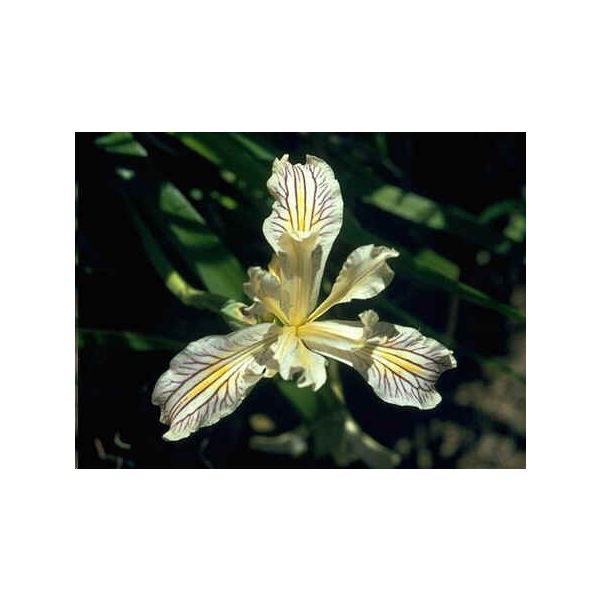Iris Bracteata Seeds
Iris Bracteata Seeds
Fast growing Iris: ideal for areas that need to be established rapidly. Self-fertile. Well resistant to frost and cold temperatures.

Delivery
All orders shipped with UPS Express.
Always free shipping for orders over US $250.
All orders are shipped with a UPS tracking number.
Returns
Items returned within 14 days of their original shipment date in same as new condition will be eligible for a full refund or store credit.
Refunds will be charged back to the original form of payment used for purchase.
Customer is responsible for shipping charges when making returns and shipping/handling fees of original purchase is non-refundable.
All sale items are final purchases.
Help
Give us a shout if you have any other questions and/or concerns.
Email: contact@domain.com
Phone: +1 (23) 456 789
Availability: Out of stock
SKU
Iris Bracteata
Iris bracteata is found naturally in North America, mostly in the United States. This Iris is fast growing which makes it ideal for use in areas that need to be established rapidly. The adult plant is no taller than 1 foot tall.
The flowers consist of 3 sepals and 3 petals. They are about 3 inches in diameter, light gold or cream with brown and yellow markings. Flowers appear on tall stems. In frost-free areas, the plant will bloom from spring to summer and intermittently throughout winter. The plant is self-fertile.
Iris bracteata develops narrow, sword-shaped leaves with a pale green side and a dark green one rising 1 foot tall or more. The plant spreads by its modified stems, rhizomes, which are located below the soil surface.
Hardiness zones 6-9, (-20øC/-5øF, -5øC/25øF) in winter. It is well resistant to frost and cold temperatures. If grow indoors, place it in a sunny location. Bring the pant inside in winter; it will grow well with good lighting.
Grow your plant in full sun to partial shade. It requires consistently moist soil; do not let dry out between waterings. The plant responds well to fertilizing and extra water in summer. It blooms more regularly with regular water. It needs adequate drainage.
| Common name | Siskiyou iris |
|---|---|
| Species | Iris bracteata |
| Germination | First, you can scarify the seeds to try to speed up germination. For faster germination, soak the seeds in slightly hot water for 24-48 hours, followed by 3 months cold stratification before sowing, 1/4 inch deep, in your soil. Keep damp soil, not soaking wet. Keep pot in warm situation 20øC/68øF. Germination usually takes several months. It can be more, depending on their degree of unbroken dormancy, don't give up. |
| Scarification / Stratification | Seed coats may be so hard that they are impermeable to water. They need to be scratched or broken using a knife or sandpaper, in order to germinate. Chip the seeds with a sharp knife or make a few swipes with a sharp edged file or use sandpaper to allow moisture being more readily absorbed. |
| Price View | Price Range |

